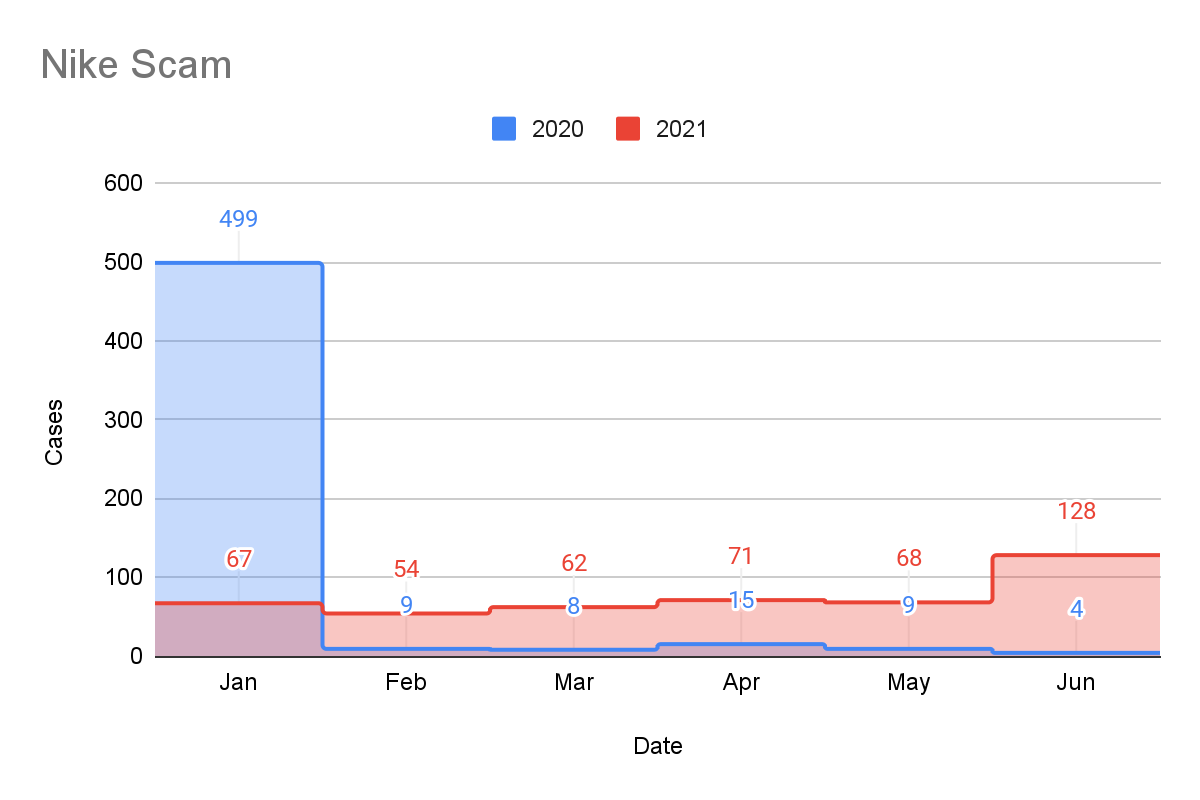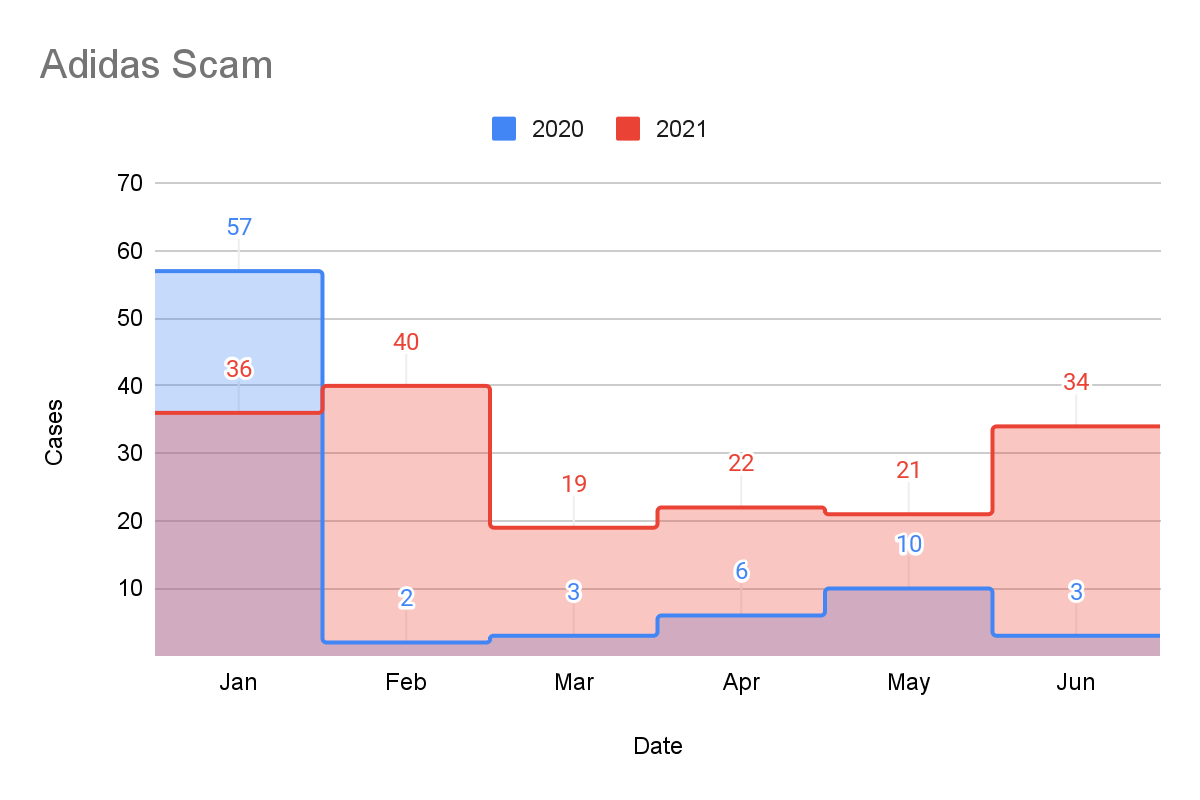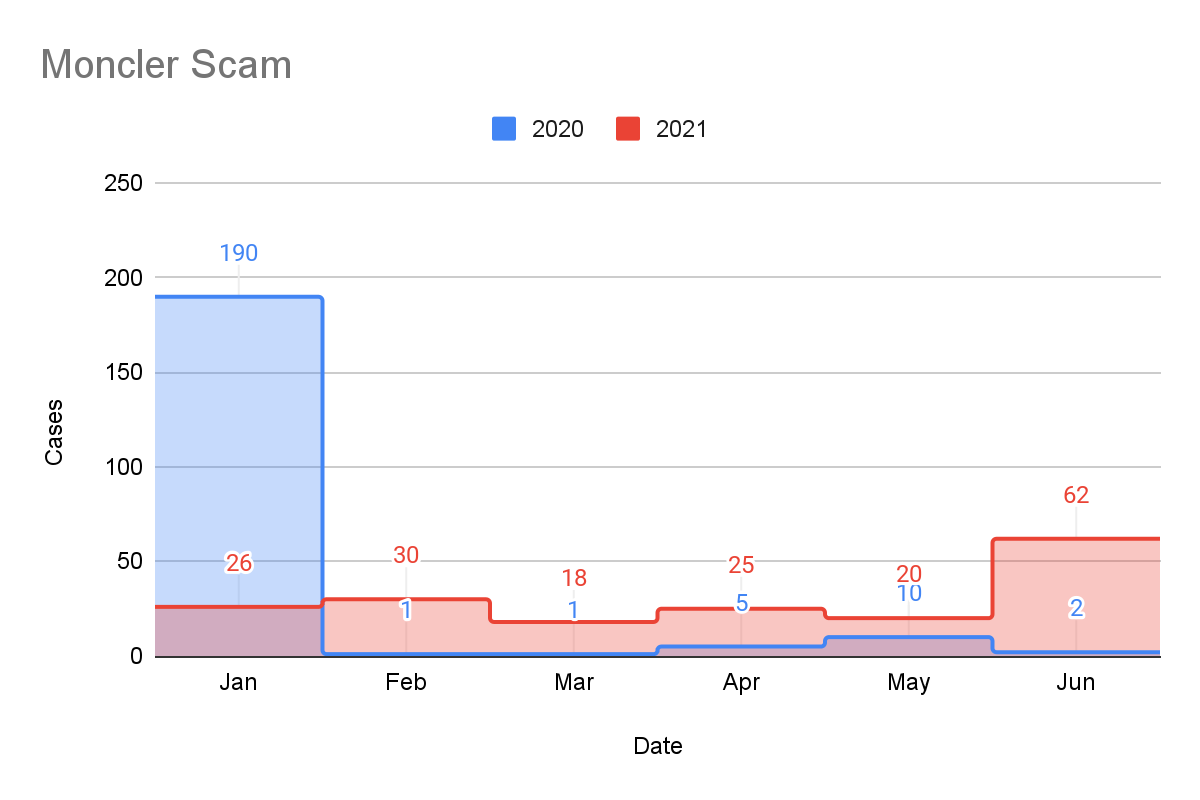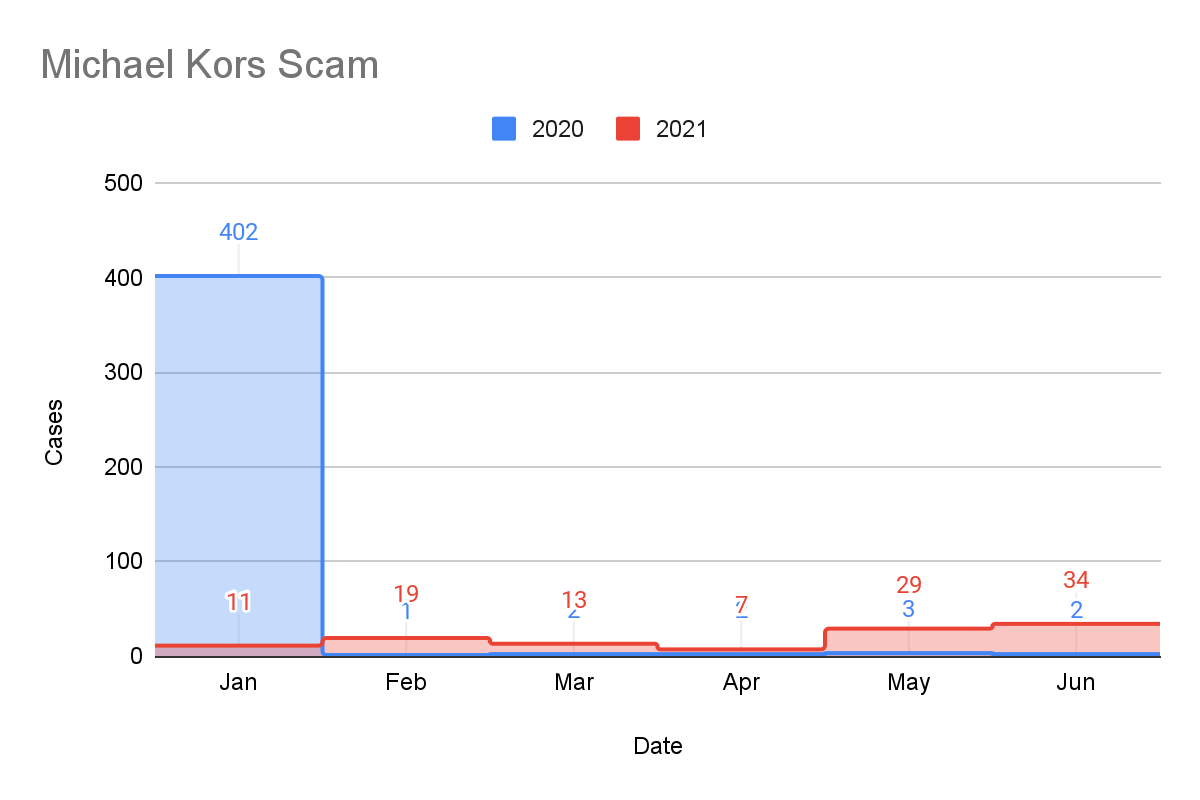by Illia Hereha
The global coronavirus pandemic has forced companies to reevaluate how digital channels can be used to support business continuity through the crisis and beyond. The crisis is fundamentally changing how and what consumers buy and accelerating immense structural changes in the retail business industry.
With these changes, organizations have an opportunity to accelerate the pivot to e-commerce, by expanding existing offerings and creating new lines of service, like “contactless” delivery and curbside pick-up services for consumers. This acceleration will force organizations to rethink their digital strategies to capture new market opportunities and digital customer segments.
However, the digital transformation of retail businesses will not stay unnoticed among scammers. The massive transition of stores and retail chains to “online” allows fraudsters to operate in the digital shadows and, unfortunately, opens more opportunities for them. This is especially true for large and well-known brands.
Brand scam websites have always been a huge part of online fraud. The closure of shopping malls due to quarantine rules is forcing shoppers to use the services of online stores more actively, which in turn provokes the “hunger” of scammers who want to deceive gullible shoppers.
In this article, I would like to draw your attention to the statistics of brand scams aimed at 4 well-known and most scammed brands – Nike, Adidas, Moncler, and Michael Kors for the first halves of 2020 and 2021. These statistics are based on fraudulent websites detected by CYREN and will show us the trend and difference in the number of scam websites between 2020 and 2021.
NIKE
Based on the data collected by Cyren, Nike is the most scammed brand in 2020-2021.

Number of Nike scam websites detected each month
Retail sales fluctuate throughout the year with winter and summer being the busy seasons. As we can see, at the beginning of 2020 there was a huge rise in fraud cases followed by a large decrease that continued through June. The January spike corresponded with the typically large number of discount and clearance sales by legitimate online shops. On the contrary, at the beginning of 2021, there were relatively few cases of fraud, but it continued to grow towards the middle of the year.
In both cases, we can see a slight increase in April, which was due to the increase in sales because of the beginning of the warm season, and, accordingly, an increase in fraud during this period.
ADIDAS
The Adidas brand scam has a slightly different situation. We can see a peak in January 2020 on the chart, but then the amount of scam websites decreases significantly until the small jump in May. Meanwhile, in 2021 the peak was in February and the number of fraud cases kept growing through June. Just like in the previous case, this can be explained by the beginning of the warm season and elevated consumers’ demand for outdoor, lightweight, and sports clothing.

Number of Adidas scam websites detected each month
MONCLER
The situation with the Moncler brand scam looks similar to Nike, with the exception of the number of cases.

Number of Moncler scam websites detected each month
MICHAEL KORS
As for Michael Kors, just a small number of fraud cases were detected in 2021. As with Moncler, it can be related to the fact that premium brands sales, in general, decreased in 2021 – as evidenced by Michael Kors’s revenue in the first half of 2021 decreased by 18.6% compared to the prior year.

Number of Michael Kors scam websites detected each month
Therefore, looking at the statistics, the following conclusions can be drawn:
- All charts show clearly the peak of fraud in winter 2020, and a significant decrease after. This gives us an understanding of the amount of fraud in the pre-pandemic period.
- In the remaining half of 2020, only small jumps of fraud are observed, which indicates the inactive behavior of fraudsters, which in turn is associated with a blow to the retail business and a small number of online sales of these brands.
- At the beginning of 2021, the number of frauds was also low, but it is increasing actively by June. This is an indicator that the retail business has begun to actively move online, which in turn gives rise to new frauds.
Considering all the above we can provide the following tips to keep you safe from fraudsters and secure your shopping.
- Use only trusted and well-known websites for shopping.
- Avoid websites that use words such as “cheap”, “sale”, “clearance”, “fake”, “outlet”, “70-90% OFF” and their combinations in the website’s title, description, or name. Trustworthy online retailers will never use them.
- Don’t fall for “too good to be true” sales. Red price tags with “70-90% OFF” banners nearby are the first indicators of fraudulent online shops. Here are some examples of those websites: http://nike-runningshoes.us/, https://www.sneakercome.com/, http://www.monclersales.net/, http://www.michaelkorsoutletfactory.us/.
- Use websites with secure payment options only. Otherwise, apart from the fact that you’ll not get the desired purchase, you can find your bank account devastated.
- If you are still unsure of the website’s reliability, there are several free-to-use web tools that can help you. First of all, you can check the website’s registration with whois.com. It can give you an understanding of whether the site is worth your trust or not. The second tool is scamadviser.com which allows you to check suspicious websites and read comments of users who were scammed.
References: https://www.accenture.com/us-en/about/company/coronavirus-business-economic-impact